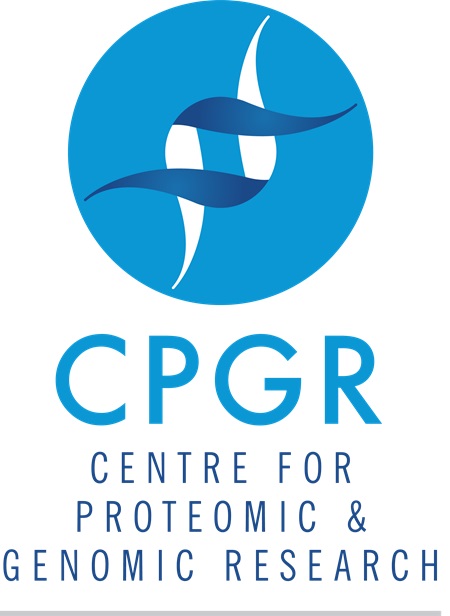The Gene catalogue and functional analysis of the gut microbiome of lions in Etosha National Park.
Belger, C. W.*1,4, Hetem, R. S.1,2, Strauss, W. M.3,2, Maghini, D. G.4,5, Wirbel, J.5, Hazelhurst, S.4,6
1 School of Animal, Plant and Environmental Sciences, University of the Witwatersrand, Johannesburg, South Africa
2 School of Biological Sciences, University of Canterbury, Christchurch, New Zealand
3 Department of Environmental Sciences, University of South Africa, Johannesburg, South Africa
4 Sydney Brenner Institute for Molecular Bioscience, University of the Witwatersrand, Johannesburg, South Africa
5 Department of Medicine (Hematology), Stanford University, Stanford, CA, USA
6 School of Electrical & Information Engineering, University of the Witwatersrand, Johannesburg, South Africa
The gut microbiome is important for the health of all animals. Very little is known about the microbiome of large carnivores, and lion in particular. This study presents the first comprehensive microbiome classification of African lions (Panthera leo melanochaita). Our study used shotgun metagenomics data (Illumina short-reads) of DNA extracted from faecal samples from 20 lions from Etosha National Park, Namibia. Three of the lions were sampled twice, in different seasons. In addition, 10 of the samples were sent for long-read sequencing (Oxford Nanopore). Our findings illuminate potential connections between gut microbiome composition and social structure, diet, and pack-hunting in carnivores, with potential implications for wildlife conservation and veterinary medicine. We discovered distinct microbial profiles in the African lion gut, dominated by the genera Bacteroides and Phocaeicola. In particular, we note similar abundances of Bacteroides in other pack-hunting carnivores such as black-backed jackals, wolves and dholes. Solitary hunters like cheetahs on the other hand, have a relatively low abundance of Bacteroides. The high abundance of this genera is possibly caused by the high interaction (and therefore transmission of bacteria) between pack-hunters compared to solitary carnivores. Alternatively, Bacteroides abundance could be attributed to differences in diet: solitary hunters consume the most nutritious portions of prey immediately, while pack hunters usually distribute resources based on social hierarchies. Moreover, links were drawn between pregnancy and inflammation to the gut microbiome of female lions via the genus Fusobacterium. This genus is seen in high abundance in post-natal pigs and is also linked to gut inflammation in humans and pigs, indicating that postnatal lions may experience similar gut inflammation during and after pregnancy. For comparison, we analyzed three additional samples from Asiatic lions (Panthera leo leo) collected from previous research in India and found that these sub-species had similar abundances of bacterial phyla but differences in bacterial genera and species. We attribute the similarities in bacterial phyla to common evolutionary ancestry and the differences in bacterial genera to allopatric separation causing minor changes in bacterial composition over time. Finally, a large proportion of DNA in the lion gut was unclassified, representing new species of microorganisms not present in current databases. We were able to create 272 metagenome assembled genomes (MAGs) the majority of which represent new species which will contribute to current knowledge. The identification of novel microbial species highlights the importance of expanding microbial databases and the need for further research into host-microbe interactions in wildlife conservation contexts. Our plan for future research is to leverage long-read data to supplement databases and improve microbial classification.
Keywords: microbial ecology, gut microbiome, metagenomics, conservation biology, host-microbe interactions, functional genomics, comparative microbiology
